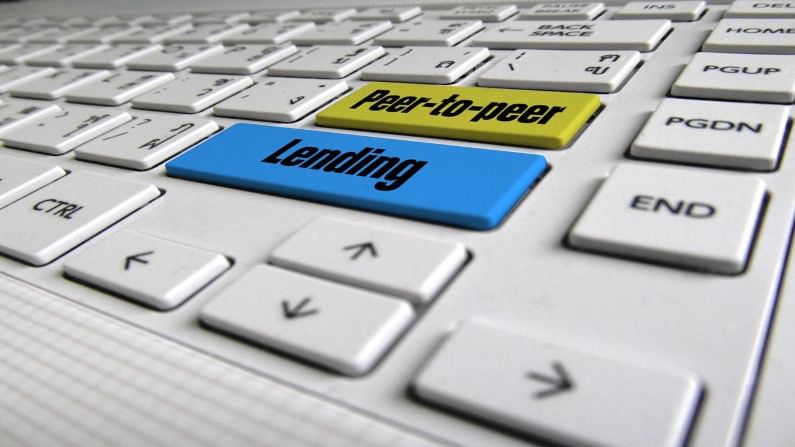Equity-like returns in a debt product: Why wealth managers are gung-ho about P2P lending
P2P platforms are giving out loans in the range of 18-36% as per the risk profile of borrowers

Where to invest money in the short-term? FDs and PSU debt funds are the safest options. However, with interest rates at multi-year lows, the real rate is actually negative, especially for those in the higher tax bracket. One investment that a bunch of wealth advisors has started warming up to is peer-to-peer lending. There are P2P platforms such as Lendenclub and Faircent that facilitate P2P lending. They connect the borrowers with the lenders. If you are a lender on a P2P platform, you can lend your money to a number of borrowers at attractive interest rates for a short-term. This is how you can earn decent returns on your surplus money.
Since the money is lent to different borrowers to diversify the portfolio, the risk can be mitigated.
“If you are investing Rs 10,000, it will be distributed among 20 borrowers – Rs 500 each. So, even if some of the borrowers default on your money, you will still be earning good returns,” said Ashish Shah, a wealth advisor with Invest Edge Finmart.
Understand the math
P2P platforms are giving out loans in the range of 18-36% as per the risk profile of borrowers.
“Assume the lending rate is 24%. If you invest Rs 1 lakh for a year, you should earn 24,000. If about 4-5% loans turn bad, you will still be earning 19% returns. Suppose 10% borrowers default on your money. Even then the returns will amount to 14%,” explained Shah.
He has generated 17-20% returns for his clients. “Now that the economy is recovering, the default rate is unlikely to hit 10%. Clients understand that,” said Shah.
A play on risk-reward
There is no denying that P2P lending is risky. But if one understands the product well, one can mitigate the risk to earn higher returns. Chetan Joshi , Multi Financial Products Distributor with Mondial MMX Financial Distributors spent over a year understanding all about P2P lending.
“I invested my own money after analysing the borrower profiles of at least three P2P platforms. When I was convinced myself about the risk-reward ratio of P2P lending that I got my clients to invest in it,” he said.
Joshi agreed that P2P lending is not for everyone.
“It is for HNIs who can invest lumpsum (at least Rs 1 lakh) in it. One needs to stay invested at least for one year to earn decent returns. I tell my clients a return figure of 9-11% for one year, 12% for two years, 13% for five years and 20% for 10 years,” he said.
P2P platforms charge about 2% from lenders.
“Returns in P2P lending are higher because of low margin of intermediary. It is a debt product giving equity-like returns,” Joshi said.
P2P space is regulated by the Reserve Bank of India. It has given P2P-NBFC licence to 21 P2P platforms so far.